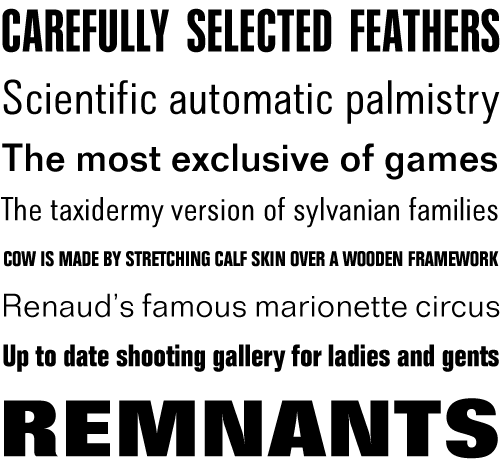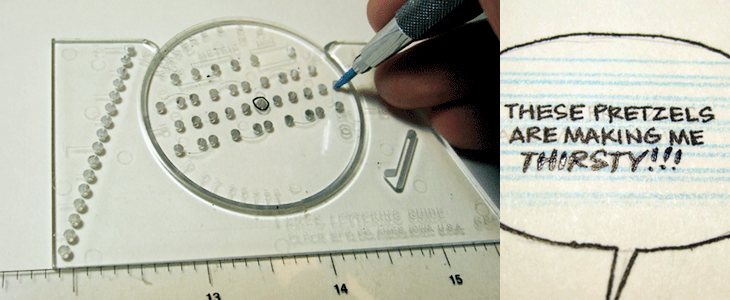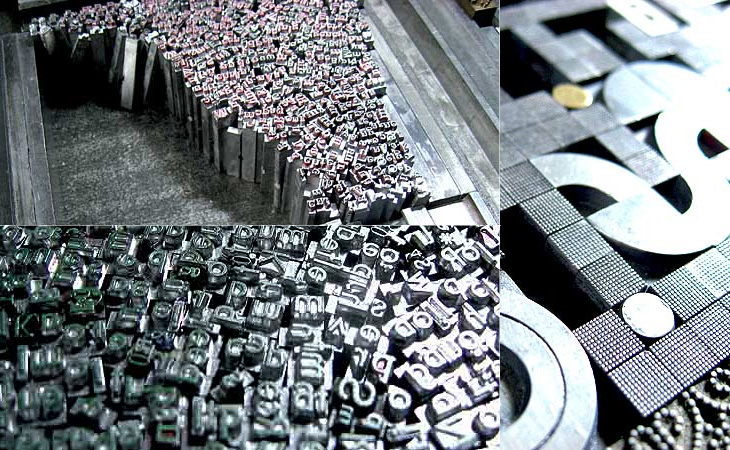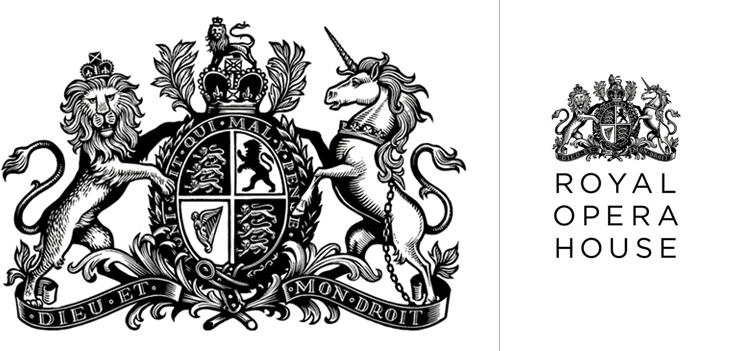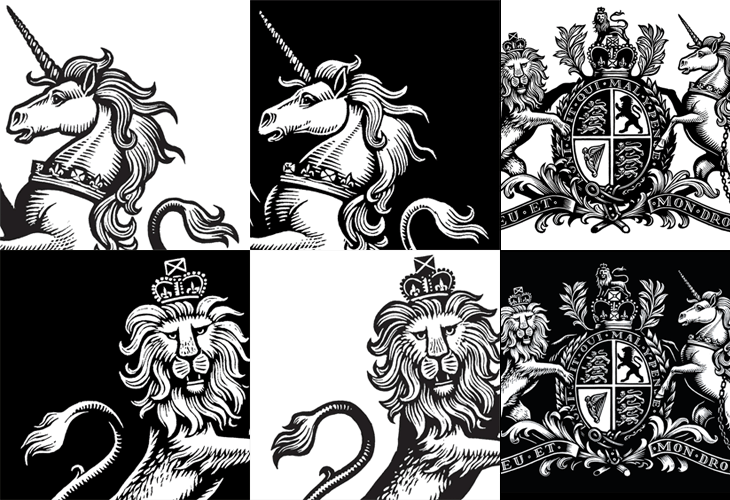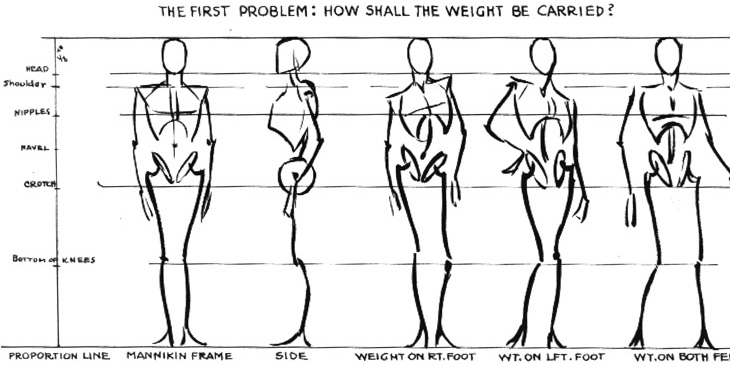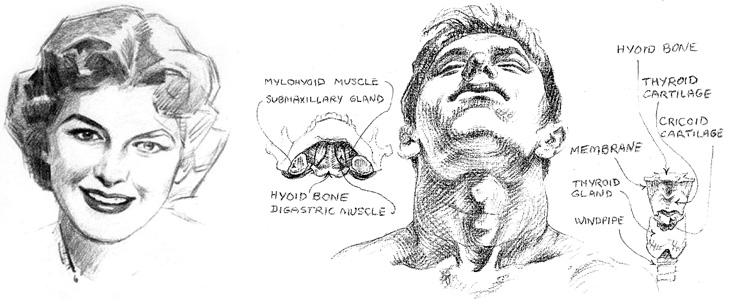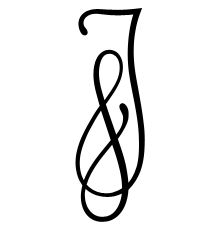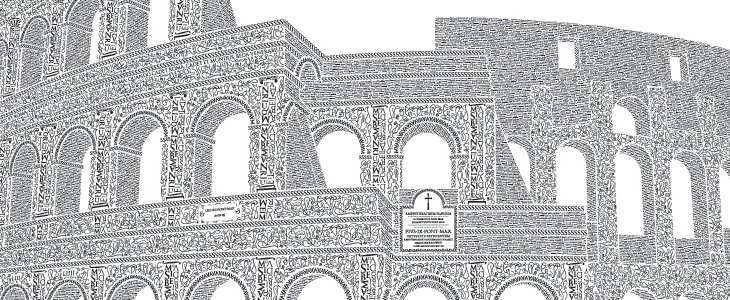The last time I posted about a set of maps made of words I was a bit hesitant about it. The map itself was attractive, and I liked a lot of things about it (I wouldn’t have posted it otherwise) but I did wonder how much of it was automatically generated, and how much of it was done by hand.
Not that there’s any problem with generating things automatically, as it takes just as much (if not more, sometimes) craft and creative energy to design, program and build something to do that, but sometimes with the computer generated stuff there’s a question of, “How much of this did you do?” Is it a plugin or script you downloaded? Should we be crediting someone else with the creativity and diligence to program the thing, and you with the idea to use it like this? Does it actually matter? It’s not like effort is ever any measure of quality, but of course we naturally associate a premium with something made in a way that doesn’t scale (through difficulty, moods, inspiration, randomness and so on), so that it becomes a unique object, or at least a rare one — this is the premium of the handmade, the crafted object. So this is what I was wondering about when I saw these maps by Seagull’s Hut, not made of type but hand-lettered, and then printed as limited editions:

I’m reminded of Jeremy Tankard’s Shire Types. Know what I mean?
It’s not like you can buy the original artwork, but it is in itself is unique, and the prints from it can only be copies of it; you can’t make new originals, which is something you can’t say for anything algorithmically produced. Well, unless you create AIs and they become conscious and develop an artistic sensibility that is. I’ve raised that issue before and had quite the flood of crazy comments from the internet’s vibrant and vocal apocalyptic tendency, including the gloriously and perhaps unwittingly eloquent, “humans will be instinct”.
So yes, don’t get me wrong, I do like the maps from Seagull’s Hut. Shame I can’t link to them directly, but go and take a look at their store. I don’t think I’ll be posting about any more maps made from lettering or type though. The inspiration has become a meme, and is ever more dulled by the transformation.

